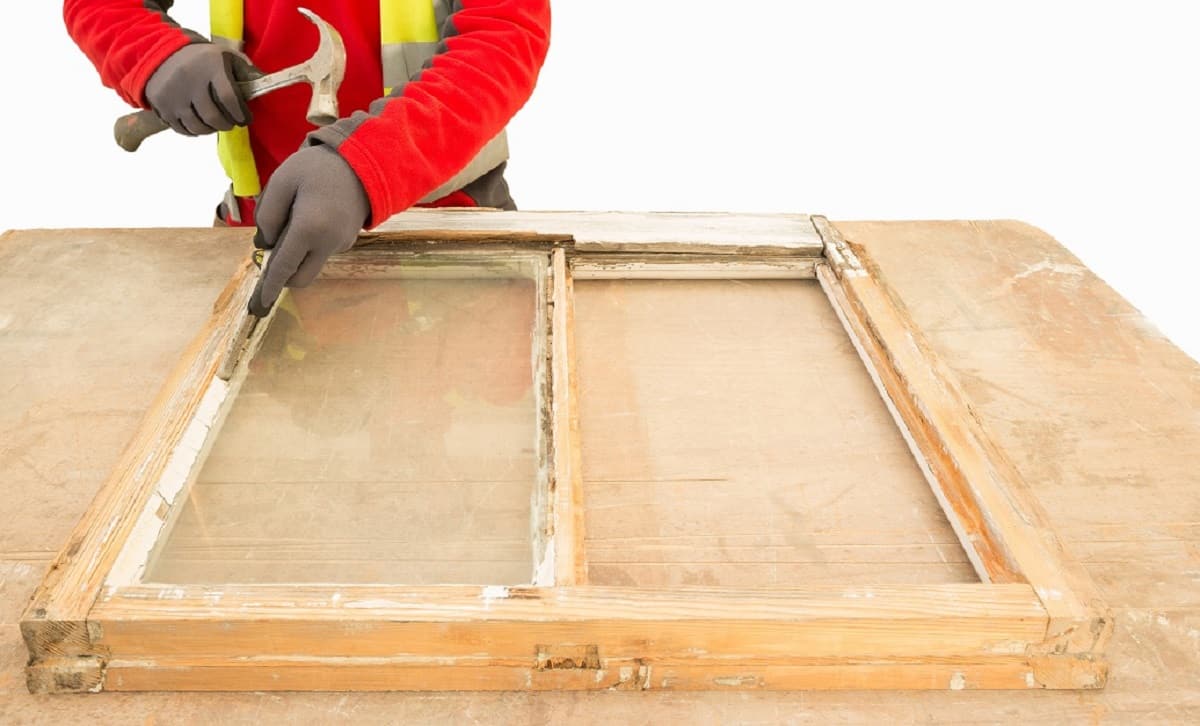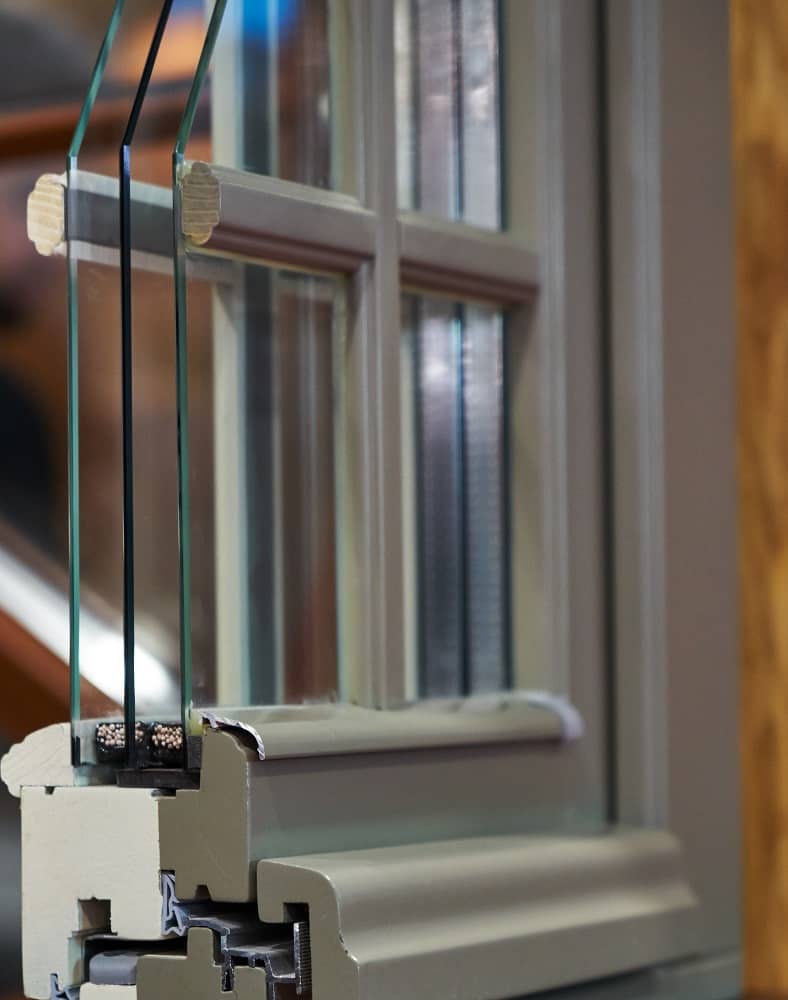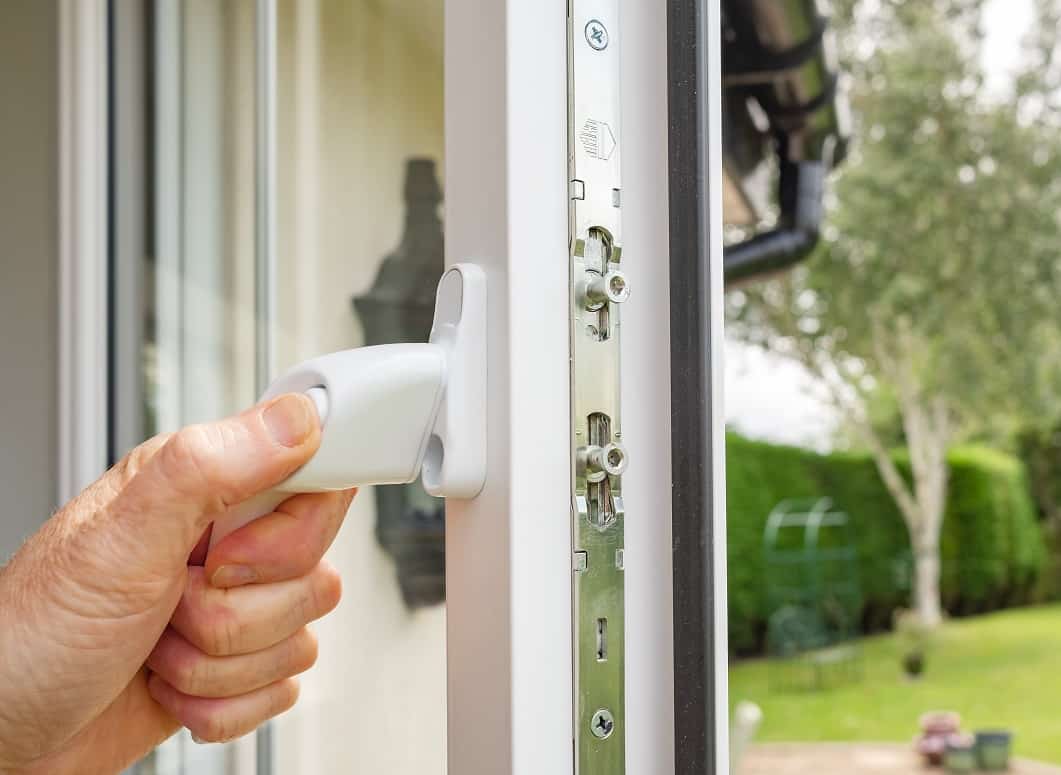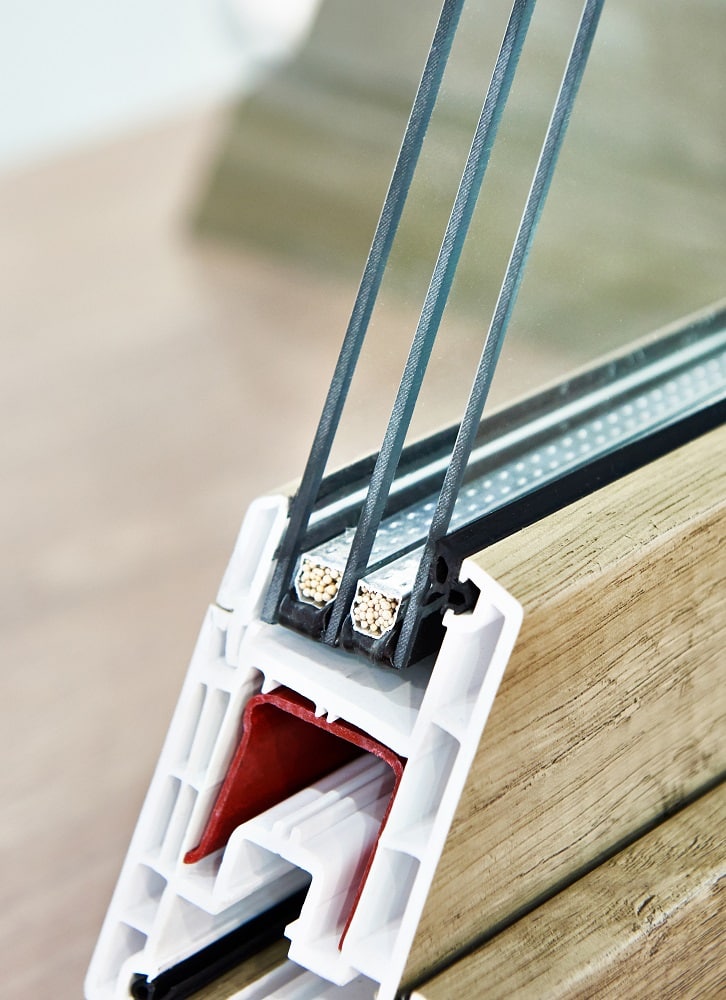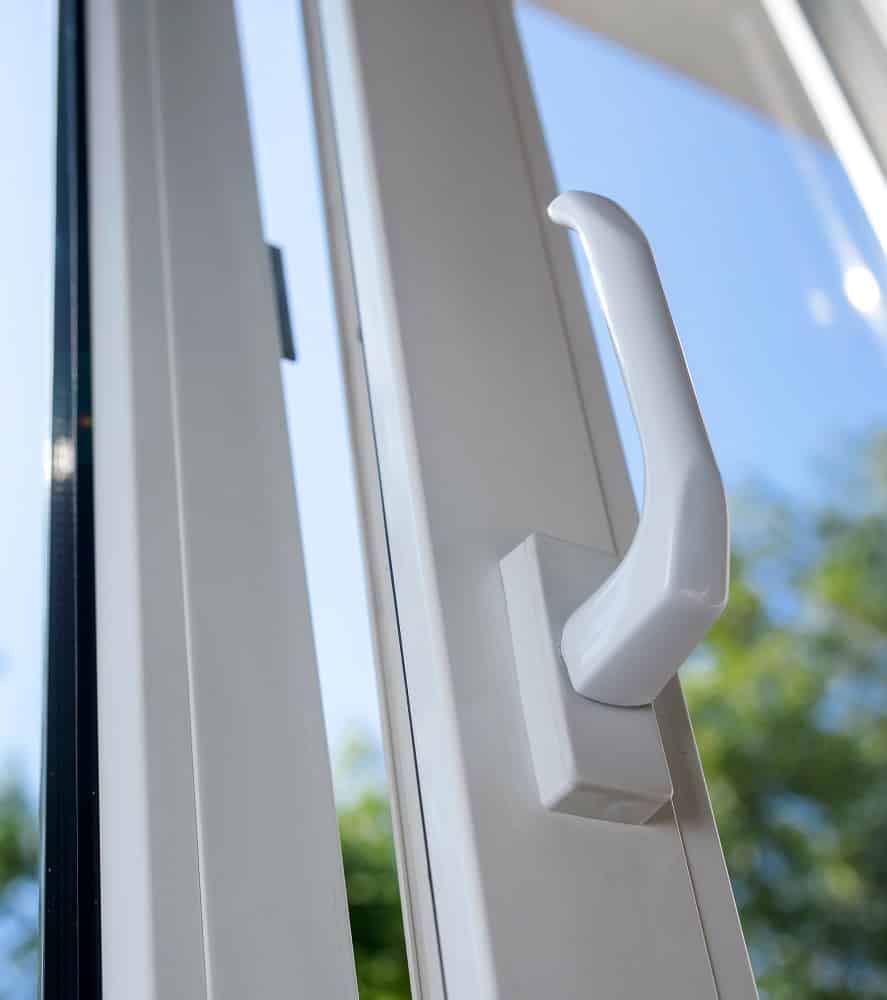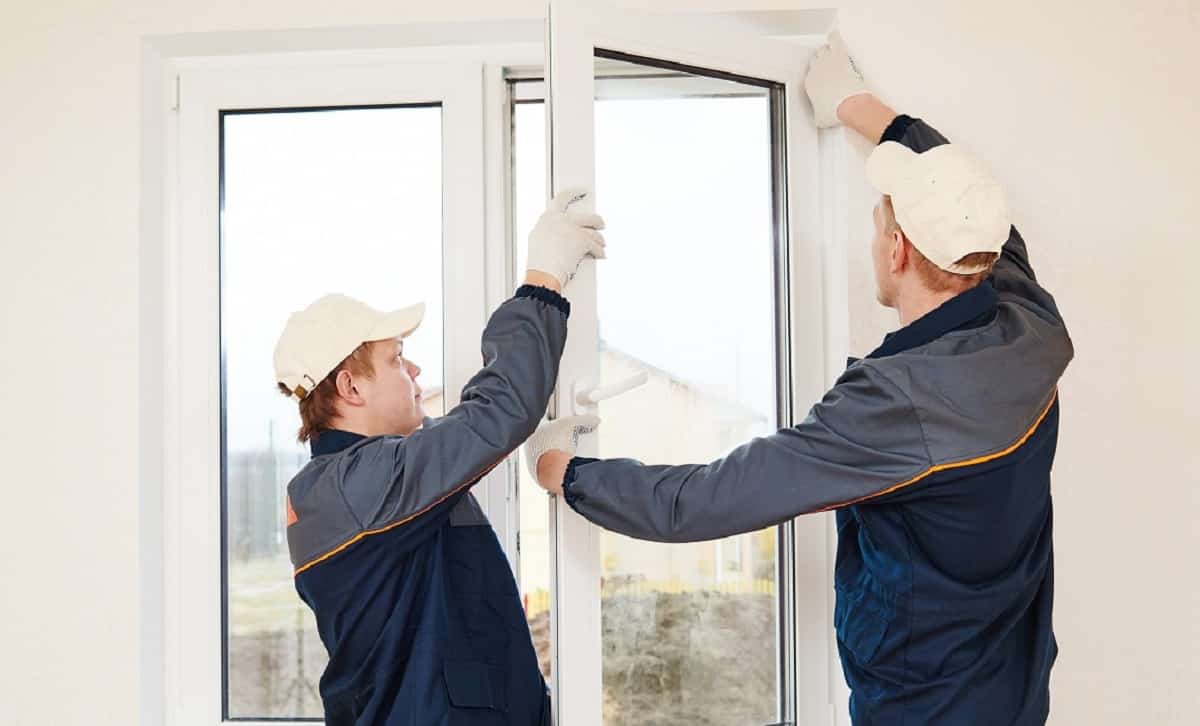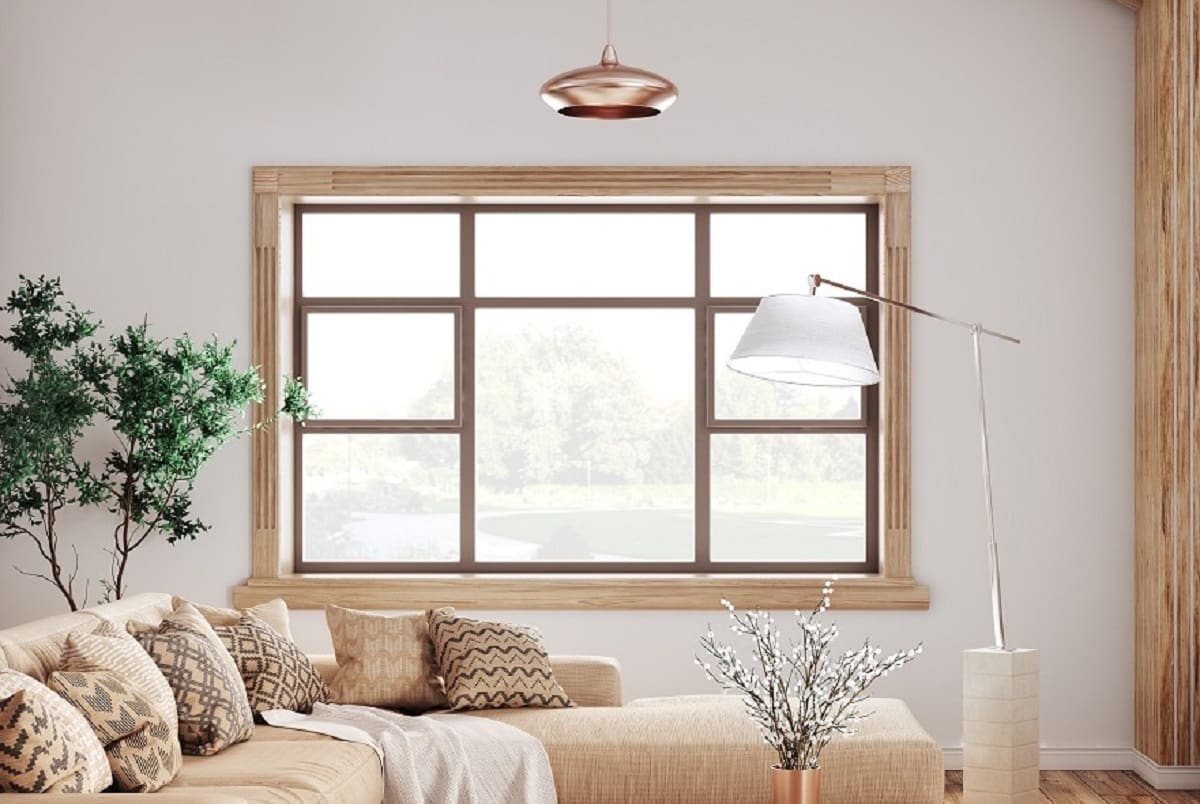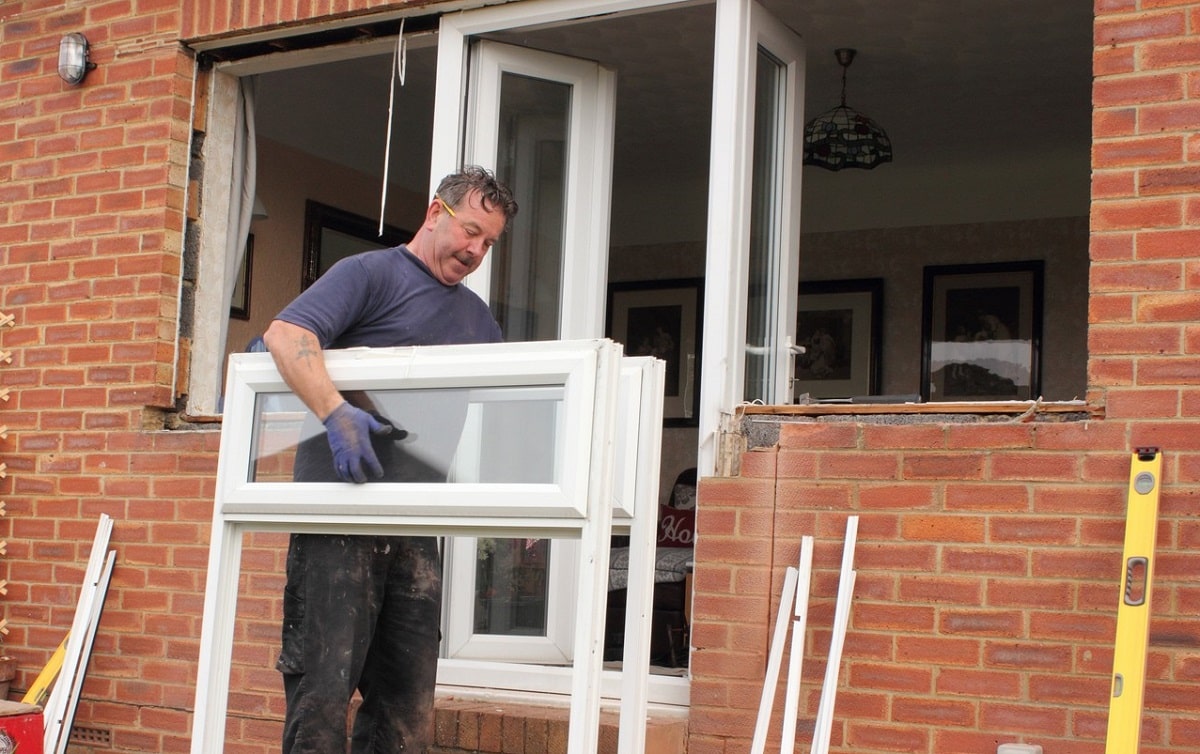Should I use a timber frame for my double-glazed window?
Timber frames are made from deciduous trees. They provide a unique, traditional look for your home while remaining energy-efficient, attractive, and durable. The most common options come from tropical mahoganies, butother options include beach, oak, and ash from European hardwoods. Timber frames can be varnished or stained depending on the wood variety. We always ensure the wood we sell to you is properly dried to avoid future shrinking or cracking. Except for historic buildings, our wood frames do not go above a U value of 2.0 W/m2K.
What are double-glazed casement windows?
There’s a reason why casement windows are very popular. They are timeless, versatile, and practical. Casement windows are windows with one or more hinges on which the sash swings for the window to open. The sash is the mobile part of the window. Compared to sash windows, casement windows are easily replaceable, great for efficiency, ventilation, customizable and reduce your carbon footprint in the environment.
Are casement windows worth the money?
When you’re looking for options to replace your tired windows, buying a pre-made casement window saves time, heartache, and money as they are designed to fit into pre-existing holes. If you already have a uPVC casement window and you’re looking to replace it with a timber option made from the latest building technology, it may cost a bit more but it’s worth it when you see the aesthetic beauty and value it adds to your home. Casement windows also provide great ventilation. If you decide on the double-hinged option, you can have a half-closed window or fully open window with unobstructed views, unlike Georgian windows.
What is in double-glazed glass?
The space between the double-glazing unit is filled with clear, odourless, non-toxic, low-thermal-conductivity gas, for insulation. It can be filled with:
Krypton: a costlier option that retains 66% more heat than air.
Argon: the cheap, more common option that retains 33% more heat than air.
Vacuum insulated glass: evacuated glazing units are hermetically sealed to eliminate heat loss.
Casement windows vs. sash windows
Casement and sash windows are the two most common types of window style. When it comes to choosing the best, appearance, insulation, environment, and climate all play key roles.
Casement windows have hinges that allow you to swing them open. They come in pairs that open away from each other and feature a crank that serves as a window lock. Sash windows were introduced in the Georgian era and remain a popular choice today. They have panels that slide atop each other to create openings. Casement windows are more energy efficient and feature a tight seal that compresses when you close the window. They offer a contemporary look that holds an aesthetic appeal, especially when fitted with timber frames. Casement windows are harder to break into because the lock is embedded into the frame. With larger glass panels, you have an unobstructed outside view, providing optimal lighting for your home interior.
Sash windows are more popular in Edwardian, Victorian, and Georgian homes. They are easier to open and simpler in design when compared to casement windows. They have fewer mobile parts which reduces the risk of malfunction and when it does spoil, a simple repair usually does the trick.
Why you should choose timber over uPVC or aluminium windows?
Many homeowners looking to replace double-glazing units usually consider three choices, uPVC, timber, or aluminium windows. Most will go with uPVC because it’s cheaper. However, if you want to increase the property value of your home, reduce energy bills and ensure maximum thermal efficiency, you should go with timber.
Timber-framed windows are beautiful to look at and offer a more decorative option than uPVC or aluminium. Depending on your property, you can go for a modern look, traditional or something in between. You can also choose from an extensive range of bar and colour finishes to highlight the finesse and style of your double-glazing window unit. If you care about the environment, you should know that wooden frames are more eco-friendly, with a negative GWP. This means that they reduce Co2 from the atmosphere over a long period of time, whereas uPVC increases your carbon footprint. Aluminium is a weak insulator. You’ll notice this phenomenon on a metal surface if you touch it with your bare hands on a cold day. On the other hand, wood is natural insulation that retains more heat than air in your home and lowers emissions of carbon.
